Renewable Energy Projects
The push for renewable energy projects in Europe is significantly influencing the steel products market. With an increasing number of wind and solar energy installations, the demand for specialized steel products, such as those used in wind turbine construction, is on the rise. In 2025, investments in renewable energy are expected to exceed €100 billion, leading to a substantial increase in steel consumption. This trend not only supports the transition to sustainable energy sources but also provides steel manufacturers with lucrative opportunities to diversify their product offerings. As the market adapts to these changes, it is likely that innovation in steel production will be prioritized to meet the specific requirements of the renewable energy sector.
Automotive Sector Recovery
The automotive sector in Europe is showing signs of recovery, which is positively impacting the steel products market. As vehicle production ramps up, the demand for high-strength steel, essential for manufacturing lightweight and fuel-efficient vehicles, is expected to rise. In 2025, the automotive industry is projected to consume approximately 20 million tons of steel, representing a 5% increase from previous years. This resurgence is likely to stimulate growth in the steel products market, as manufacturers align their production capabilities to meet the evolving needs of automotive clients. Additionally, the trend towards electric vehicles may further diversify the types of steel products required, creating new avenues for market expansion.
Green Building Regulations
The implementation of stringent green building regulations across Europe is influencing the steel products market. These regulations, which aim to reduce carbon emissions and promote energy efficiency, are compelling construction companies to adopt sustainable materials, including steel. In 2025, it is projected that around 30% of new buildings will adhere to these green standards, thereby increasing the demand for eco-friendly steel products. This shift not only enhances the market's sustainability profile but also encourages innovation in steel production processes. Consequently, manufacturers are likely to invest in research and development to create low-carbon steel solutions, positioning themselves favorably in a competitive landscape.
Trade Policies and Tariffs
Trade policies and tariffs are playing a crucial role in shaping the steel products market in Europe. Recent adjustments in trade agreements and the imposition of tariffs on imported steel have created a complex landscape for manufacturers. In 2025, it is anticipated that these policies will lead to a 10% increase in domestic steel prices, affecting both producers and consumers. While this may pose challenges for some sectors, it also presents opportunities for local steel manufacturers to strengthen their market share. By focusing on quality and competitive pricing, European steel producers can potentially capitalize on the reduced competition from imports, thereby enhancing their position in the steel products market.
Infrastructure Investment Surge
The steel products market in Europe is currently experiencing a surge in infrastructure investments, driven by government initiatives aimed at enhancing transportation networks and urban development. In 2025, it is estimated that public spending on infrastructure projects will reach approximately €200 billion, significantly boosting demand for steel products. This investment is likely to focus on railways, bridges, and roads, which are essential for economic growth. As a result, the steel products market is poised to benefit from increased orders and production, leading to a more robust supply chain. Furthermore, the emphasis on modernizing existing infrastructure is expected to create additional opportunities for steel manufacturers, thereby reinforcing their market position in Europe.


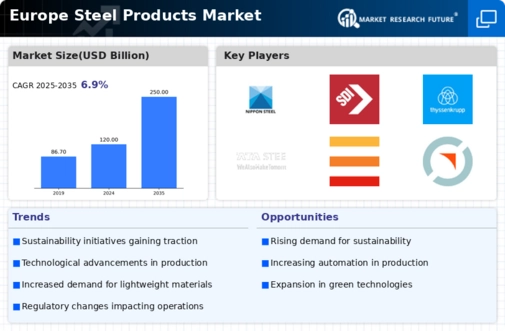
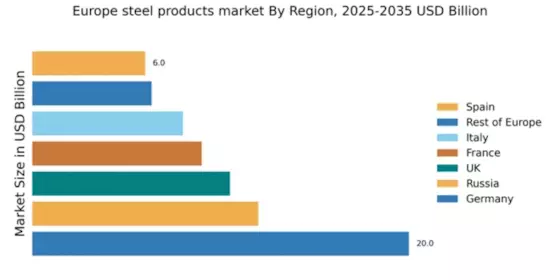

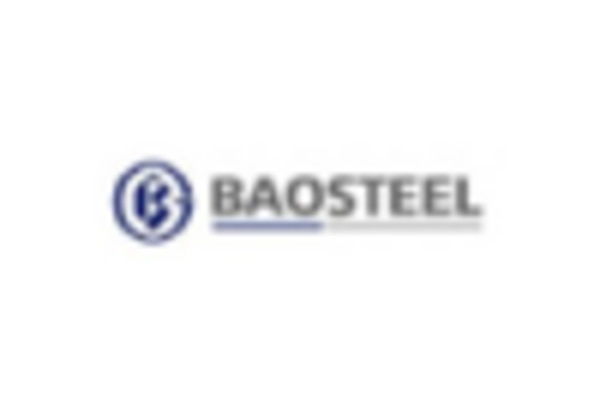
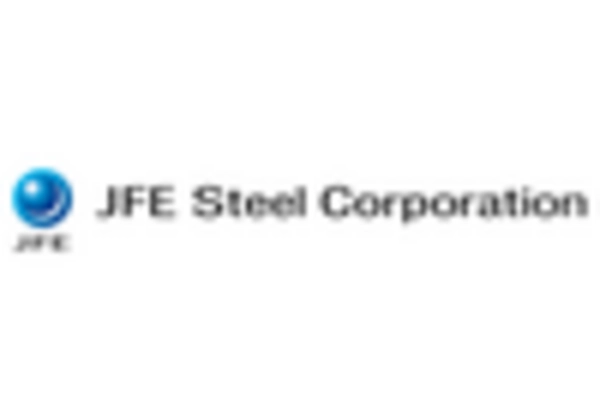
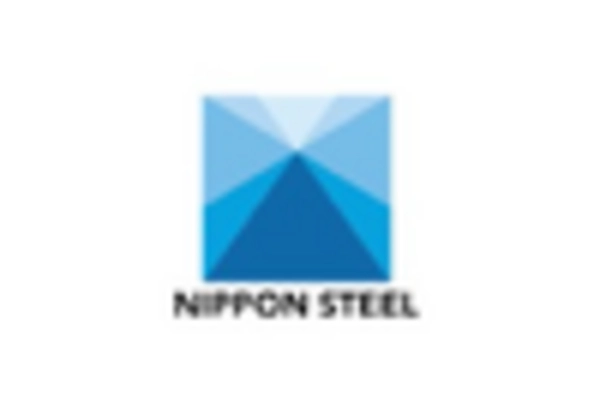
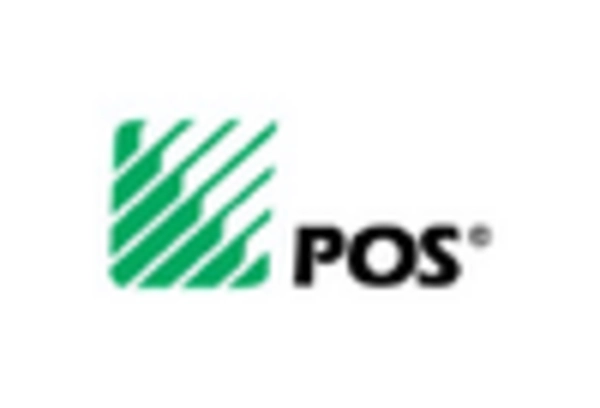
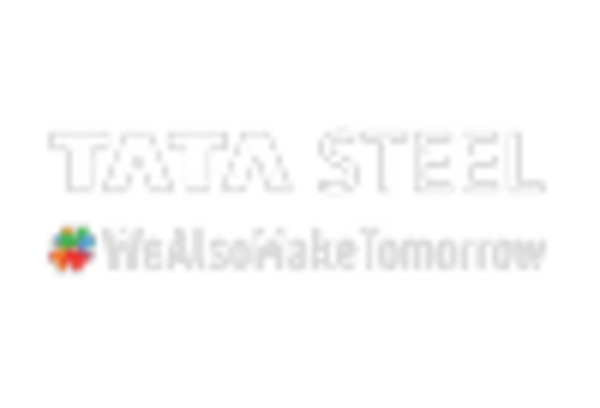








Leave a Comment